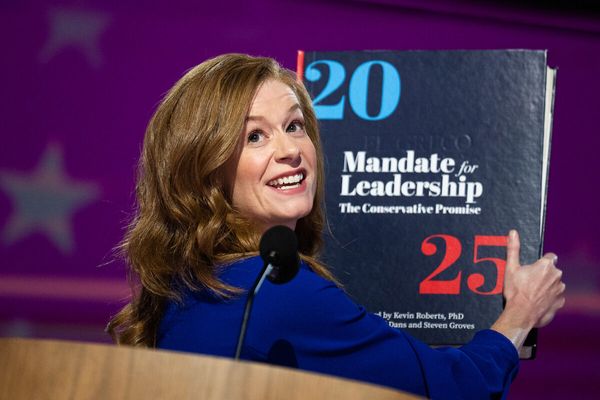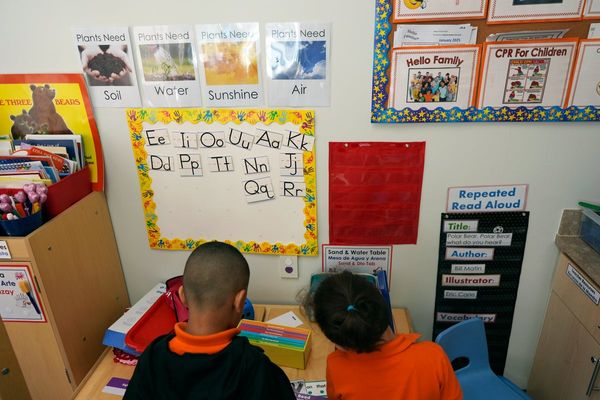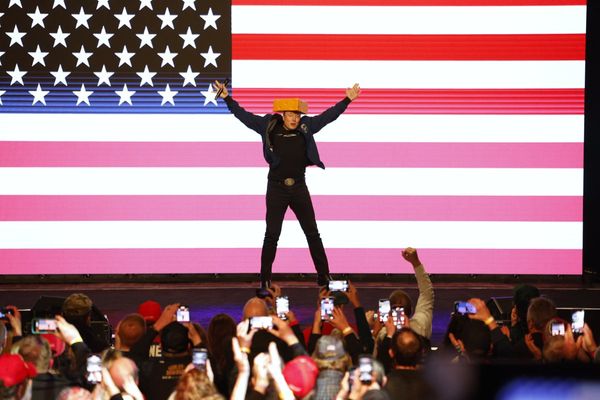
Ella Fitzgerald’s performance in Carnegie Hall on 24 June 1988 was billed as her seventieth birthday concert. She came on stage to a standing ovation, eschewing the stool provided for her (it was known she had been seriously ill), and then sang for two hours, her voice seemingly growing stronger as the evening wore on. Towards the end of the night she gave the audience “God Bless the Child” in a perfect imitation of Billie Holiday. I was present and will not forget it.
In fact, Fitzgerald was seventy-one at the time of the concert, the confusion down to the singer herself, who put 1918 instead of 1917 as the date of birth on her marriage licence in 1947. An error? The fastidious Fitzgerald would hardly have made that mistake. Perhaps she wanted to be a twenty-nine-year-old bride. At any rate, the confusion over the date is symbolic of the way she guarded both her image and her privacy, and it makes a biographer’s job difficult. Judith Tick’s Becoming Ella Fitzgerald: The Jazz Singer Who Transformed American Song gives us more details than we’ve ever had before but, even so, the public Ella always wins out over the private.
Billie Holiday’s troubled life was reflected in her singing and, sixty-five years after her death, her recordings still powerfully convey it. But Ella’s singing conveys nothing of the sort. She was occasionally mocked by her colleagues for her clean living — polite manners, no obscenity, no drugs — and if she had a private life, her fans didn’t know about it. That 1947 marriage — to bassist Ray Brown — was one of the few details that was common knowledge, but there had been an earlier marriage and there were two more after Brown — probably; it is hard to be certain even of this.
Where Billie Holiday’s fame amplified her story, Ella’s fame obscured hers. Tick is appropriately reticent about claiming things that can’t be proved. Ella’s childhood was not always unhappy. She may have been abused at some point; the adult Ella once confided as much to a relative, but there is no more to go on. She had a loving, hard-working mother, the family breadwinner until she was badly injured in a car accident. Skipping class to help supplement the family income landed Ella in a reform school at fifteen, but it wasn’t the worst school of its kind. There was a choir, but she was not allowed to join because she was Black. Dancing was her main thing, and it was as a dancer she went up to audition at the Apollo Theatre in Harlem. She left a singer.
This is a book about Ella the performer, Ella the professional, and Tick sets out to examine facets of that long and storied career that have hitherto been downplayed. The role of race, for instance. Holiday made us aware of her race, and not only when she sang “Strange Fruit.” By 1959, the year of Holiday’s death, Ella was so much a mainstream entertainer it was possible for her fans to overlook the fact that she was a Black woman in segregated America. She couldn’t overlook it herself and, additionally, some critics regularly reminded her of her weight: as late as 1953, a German newspaper opined that she looked like “a good fat Negro mammy from Uncle Tom’s Cabin.”
“When a girl comes up and she looks like me,” Ella told Lillian Johnson back in 1937, “she just can’t get a chance.” But a chance was coming. The following year Ella had one of the biggest hits of her career singing the nursery rhyme “A-Tisket, A-Tasket” with the Chick Webb Orchestra. She had joined Webb as a teenager in 1935 and, when he died in 1939 she took over the band for a time. As Tick points out, vocalists were the poor relations among jazz musicians and you might argue they still are.
Certainly the stars of jazz bands in the 1930s and 40s were the horn players, the pianists — even the drummers. The singers would get up, sing a chorus or two, then sit down again. No one was interested in their jazz chops. Ella might have come to fame singing a novelty song that was scarcely jazz at all, but now to be leading the band — as a singer and a woman at twenty-two — was a remarkable testament to her thorough musicianship.
The title of Tick’s book is significant, for Ella Fitzgerald was always “becoming” herself. She was hardworking, disciplined and demanding, particularly when it came to managers and record companies. She was also driven — her third grade teacher wrote that she was “ambitious” — and following her success with “A-Tisket, A-Tasket” she was always looking for the next hit.
After the second world war, she teamed up with Dizzy Gillespie and quickly learnt the ways of bebop (further testament to her thorough musical grounding), scoring another big hit with her virtuoso scatting on “Lady Be Good.” But her greatest fame came in the mid 1950s when producer Norman Granz poached her from Decca for his newly formed Verve label and released the double LP, Ella Fitzgerald Sings the Cole Porter Songbook. Jazz fans wondered if this was jazz — what had happened to the scatting be-bopper? — while aficionados of Cole Porter wondered, with barely disguised racism, whether Ella had quite the “emotional intelligence” for this material.
She did; indeed this and succeeding “songbook” albums devoted to Rodgers and Hart, Irving Berlin, George and Ira Gershwin, Harold Arlen, Jerome Kern and Johnny Mercer included what would become the best-known versions of many of the most famous numbers in the “Great American Songbook.” Was it jazz? Perhaps not, but you could still hear the jazz singer. Even on her new version of “Lady Be Good” (for the Gershwin album), which is possibly the slowest ever recorded, she swings like no one else; and on the Ella Fitzgerald Sings the Duke Ellington Songbook (with the composer as bandleader) she even brings out the scatting.
Throughout her career, Ella continued to take musical risks. In 1962, following Ray Charles’s success with a country and western album, Ella recorded one of her own. It bombed. In 1964, she recorded the Beatles’ latest hit, “Can’t Buy Me Love,” and the Beatles said they liked it. Sometimes her risks paid off spectacularly. In 1960, at a concert in Berlin, she decided at the last minute to sing “Mack the Knife.” She’d been toying with the idea for a while, Louis Armstrong and Bobby Darin both having had hits with the song, but hadn’t learnt the lyric properly and her backing musicians hadn’t played it before. She got completely lost and made up most of the words (“We’re making a wreck of ‘Mack the Knife,’” she sings at one point, before launching into an impersonation of Armstrong). The recording of the concert became one of her bestsellers, and thereafter she regularly included the song (and always forgot the words).
Early in her book, Judith Tick mentions a remark that Ella’s adopted son, Ray Brown Jr, made to her: “My mother was all about the audience.” In the final chapter there is a touching story of one of the last times she sang in public, two years after that “seventieth birthday” concert. Her Beverly Hills neighbour, a Dr Levisman, had a son who played in a jazz quartet and Ella had been invited to hear them at a small gathering in his backyard. The doctor asked if she’d care to sing, but she declined, saying she had to sing at an award for Frank Sinatra the following day and was resting her voice. Then the doctor’s son’s quartet began playing “Watermelon Man” and Ella relented: “Well, maybe… if I had a microphone.” She scatted her way though the rest of the song. •
The post Becoming Ella appeared first on Inside Story.







